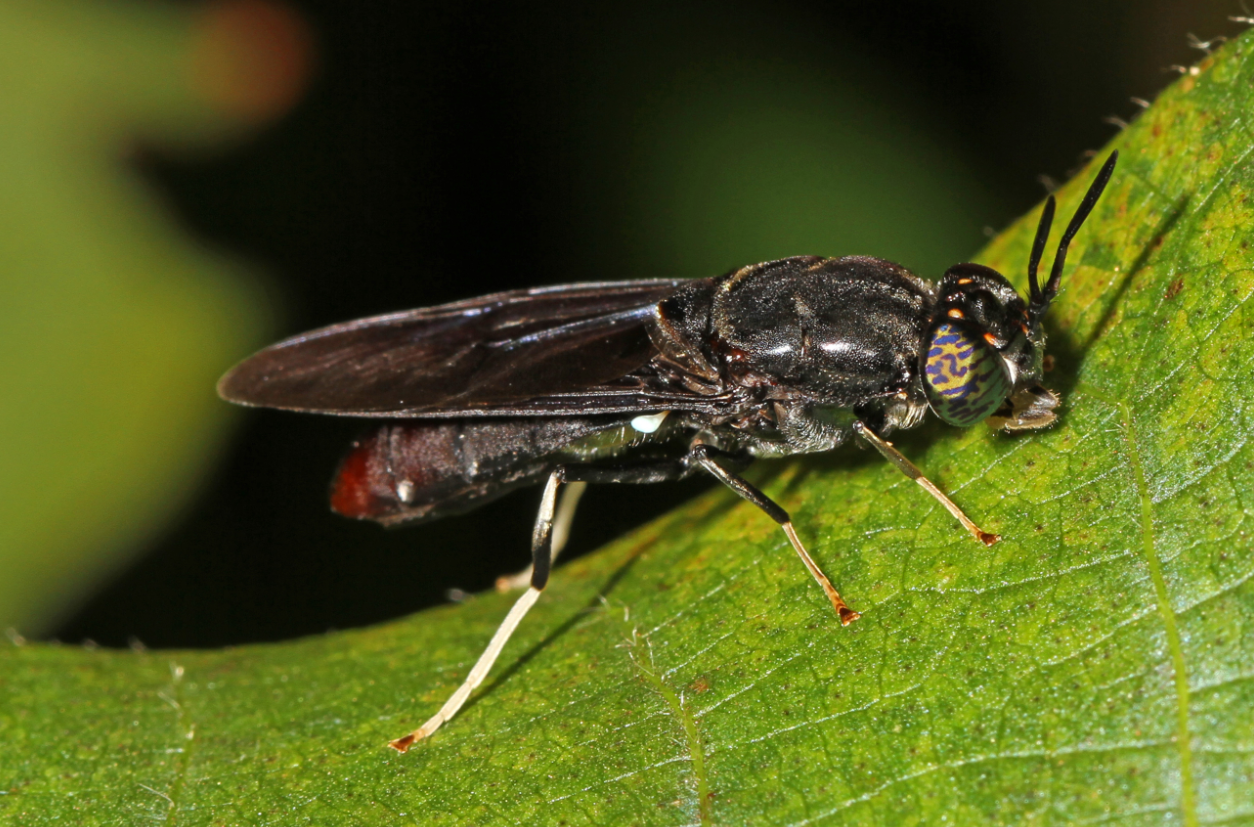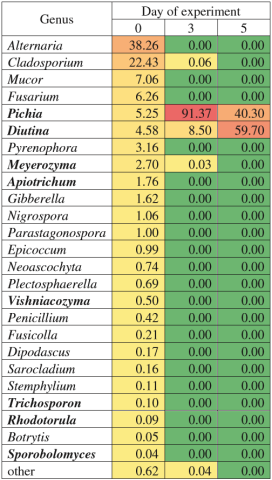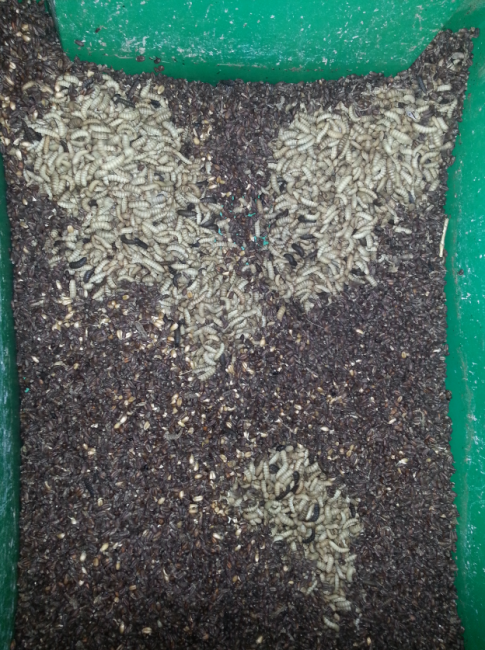
The black soldier fly Hermetia illucens (Diptera: Stratiomyidae) is widely used in the modern world for the production of a quality food product containing from 30% to 47% protein and 10–35% fat, which is used both in raising farm animals and in food production for humans. Moreover, the possibility of adding food and municipal waste to the substrate for the cultivation of soldier fly larvae can significantly reduce the cost of production. And the resulting biocomposting product is a valuable fertilizer. However, the presence of opportunistic and especially pathogenic microflora in the original composting substrates can adversely affect the properties of the final product (both the biomass of the larvae themselves and the biocompost).

In a paper published in the Journal of the Science of Food and Agriculture, the researchers showed that when growing black soldier fly larvae on a substrate made from plant waste from the food industry, by the third day of cultivating the larvae, the fungal community of the substrate changes dramatically: out of 16 families found in original substrate and represented mainly by phytopathogenic and endophytic genera, only two representatives remained. In the final biocompost, the mycobiome consisted only of representatives of the yeasts Pichia kudriavzevii and Diutina rugosa.

It should be noted that the reasons for such significant changes in the fungal community are not clear. Scientists associate the complete disappearance of mold fungi with mechanical damage to the mycelium during the feeding activity of the larvae and with secreted antimicrobial substances. However, these hypotheses require further confirmation.
